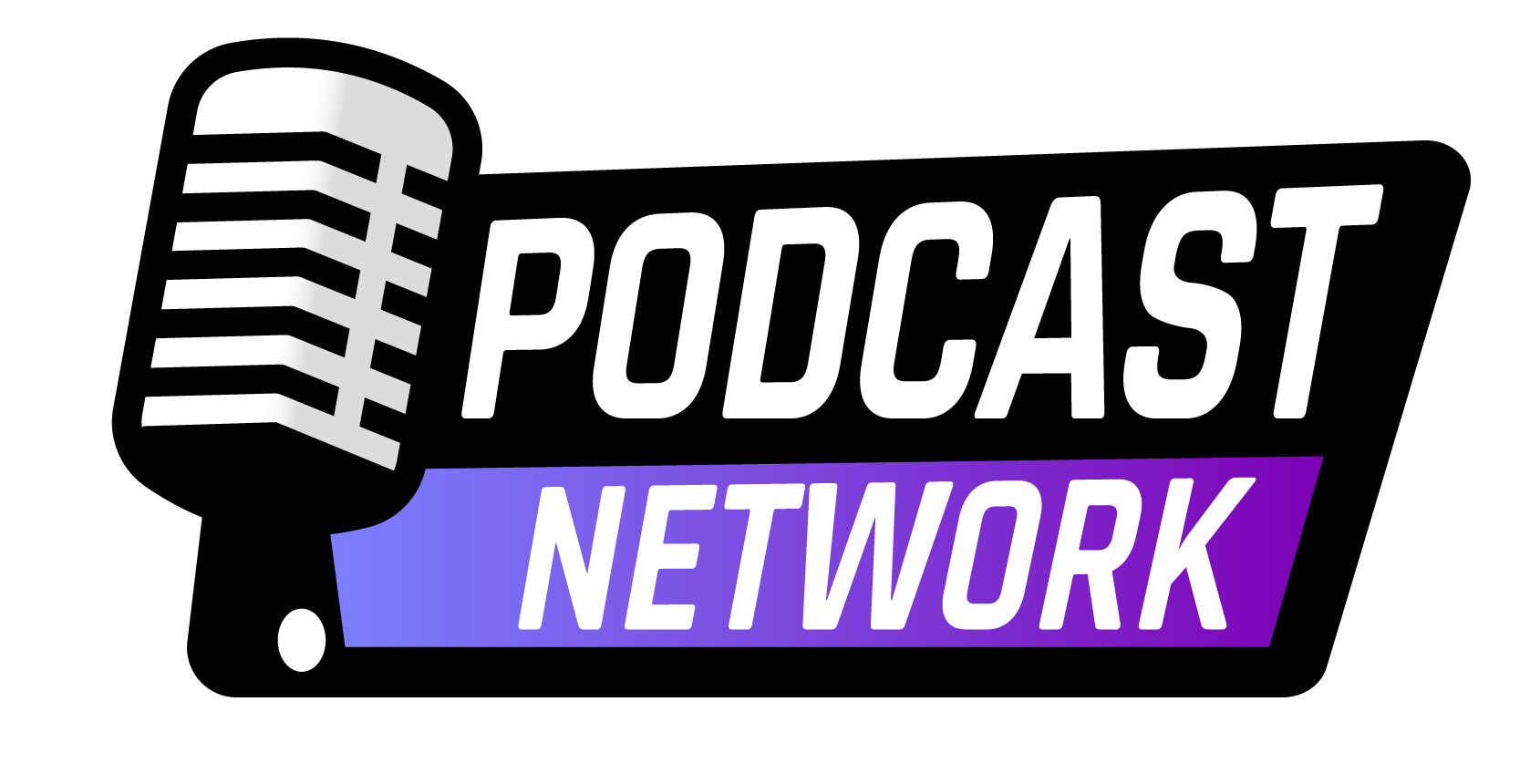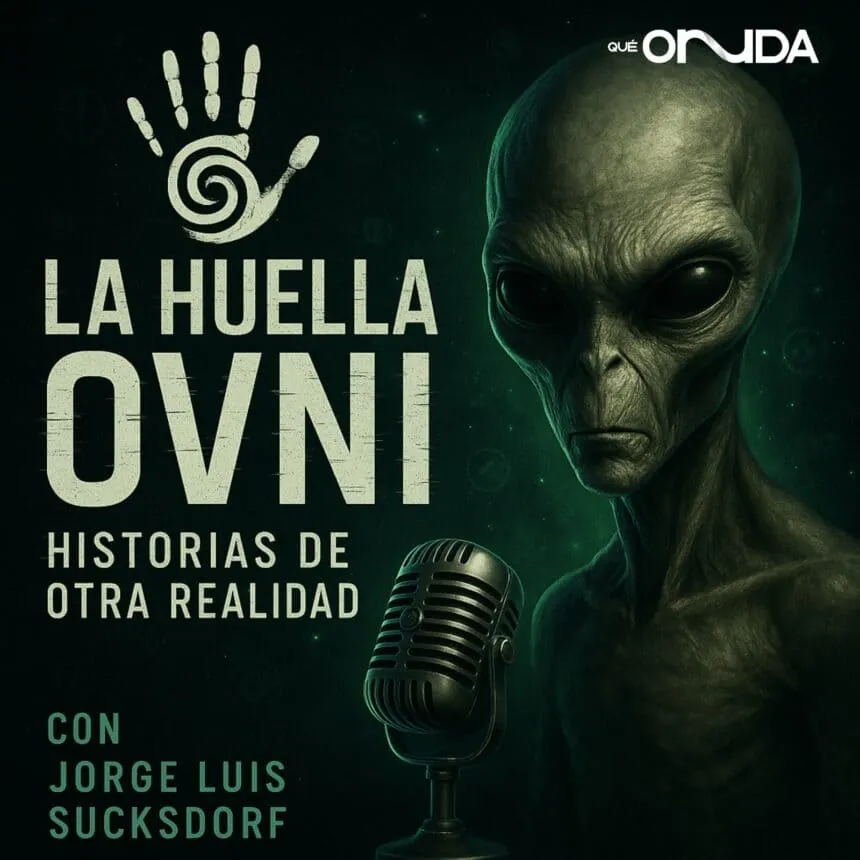Hispanic Heritage Month highlights not only the culture and traditions of Latinos in the United States, but also their mental health challenges. With more than 62 million Latinos, representing 19% of the population, many families face barriers such as immigration stress and lack of access to services in Spanish.
Dr. Sierra-Citrón, a bilingual psychiatrist at Carle Health, emphasizes that resources such as 24/7 helplines and cultural therapists exist to overcome these obstacles. This month, organizations such as the National Alliance on Mental Illness (NAMI) and the Centers for Disease Control and Prevention (CDC) promote specific programs that address disparities, remembering that 18.3% of Latinos lack health insurance. Here are some mental health programs for Latinos.
Mental health in the Latino community reflects a similar incidence to the general population, but with higher rates of cultural adjustment stress and discrimination.
According to the Substance Abuse and Mental Health Services Administration (SAMHSA), only 35.1% of Latinos with mental health conditions receive professional treatment.
Programs such as CDC’s Racial and Ethnic Approach to Community Health (REACH) fund local initiatives to reduce these gaps.
These programs focus on diabetes prevention and anxiety, which disproportionately affect Latinos with a 50% higher risk of death from diabetes than non-Hispanics.
Dr. Sierra-Citrón, who sees patients in Illinois, notes that the process of adapting to a new country generates overwhelming stress.
Parents learn languages, navigate healthcare systems and face immigration uncertainty, impacting children and grandparents alike.
“One of the first barriers is living in a country with a different culture,” she explains, stressing that mental health benefits the entire family when early support is sought.
Resources such as the National Suicide Prevention Lifeline in Spanish (1-888-628-9454) offer 24/7 crisis, with interpreters for those who are not fluent in English.
Barriers for Latinos and how to overcome them

Latino families face cultural stigmas where talking about mental health is seen as weakness, coupled with fears of immigration status.
NAMI reports that 60% of Latinos with depression do not seek help for fear of deportation or family prosecution.
Programs such as the Hispanic Federation, based in New York, offer free therapy in Spanish through its health and economic empowerment initiative, serving communities in 16 states.
For Hispanic Heritage Month, NAMI’s virtual events include bilingual workshops on anxiety management, reaching thousands via Zoom.
Dr. Sierra-Citrón insists that courage for the first step is key.
Los recursos existen, solo se necesita dar ese paso y buscar ayuda
Dra. Sierra-Citrón
Also recommending to start with a call to a friend or teacher for community orientation.
At Carle Health, her team provides virtual sessions and support groups for Latinos, addressing issues such as post-traumatic migration stress.
Another obstacle is the lack of bilingual professionals; only 5.5% of psychologists in the U.S. speak Spanish, according to the American Psychological Association.
Programs such as Pacific Clinics in California offer therapy for Latino youth ages 16 to 20, covering anxiety and family conflicts with free services.
The Hispanic Federation organizes webinars on resilience, connecting participants with local therapists and reminding them that mental and physical health go hand in hand.
Sleeping well, eating a balanced diet and encouraging family dialogues prevent crises.
SAMHSA provides the National Mental Health and Substance Abuse Hotline (1-800-662-HELP) with a Spanish-language option, handling millions of calls a year.
For Latinos, these services include culturally sensitive counseling, addressing issues such as employment discrimination that raises the risk of depression by 40%.
Key programs during Hispanic Heritage
Hispanic Heritage Month amplifies initiatives such as the American Psychiatric Association’s toolkit of bilingual social media messages that destigmatize therapy.
Available for free, it includes infographics on anxiety and depression, tailored to Latino experiences such as remittance stress or family separation.
NAMI offers the “Mental Health in the Latino Community” program, with free virtual sessions that teach how to identify signs of crisis and access help, reaching 10,000 participants by 2024.
In the Midwest, Carle Health under Sierra-Citron extends its bilingual program with support groups for immigrants, covering topics such as border trauma.
“Taking care of what we eat, sleep and creating an environment to talk is important,” says the doctor, integrating physical and mental health for Latino families.
CDC’s REACH funds 25 projects in 2025, targeting Latinos in states such as Texas and Florida, with community workshops that reduced stress-related obesity by 15% in pilot tests.
Organizations such as Comunidades Latinas Unidas en Servicio (CLUES) in Minnesota provide culturally competent therapy with an emphasis on Hispanic family values.
During Hispanic Heritage, CLUES organizes mental health fairs with free screenings, serving 5,000 Latinos a year in the Triangle.
The Hispanic Federation, with programs in education and health, offers telephone counseling for low-income Latinos, addressing post-pandemic depression that affects 20% of the community.
This article was originally published in Nueva News.
Filed under: Latino Mental Health Programs














